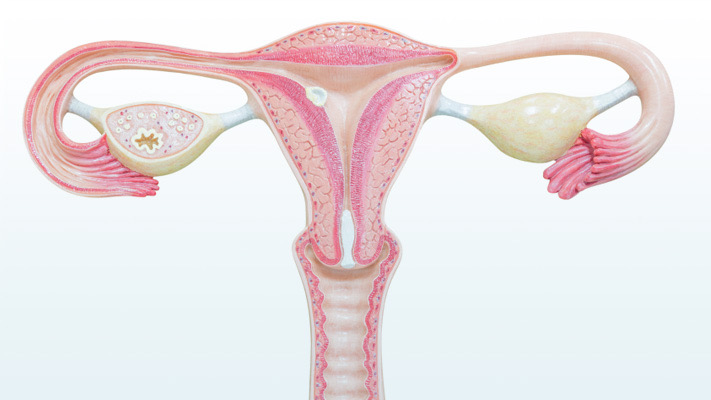Female Infertility
An estimated 10 – 15% of couples have trouble getting pregnant. Infertility is defined as an inability to get pregnant despite having regular unprotected sex for at least a year.
- Primary infertility is when someone who has never conceived a child in the past has difficulty conceiving.
- Secondary infertility is when somebody who has had 1 or more pregnancies in the past is now having difficulty conceiving again.

What causes infertility?
Infertility can result from female problems about one-third of the time and male problems about one-third of the time. The cause is either unknown or due to a combination of male and female factors in the remaining cases.
Each of these factors is essential to become pregnant:
- You need to ovulate. To conceive, your ovaries must produce and release an egg, a process known as ovulation.
- Your partner needs to produce healthy sperm in sufficient quantities.
- You need to have regular intercourse during your fertile time.
- You need to have open fallopian tubes and a normal uterus.
In women a number of factors can disrupt this process:
- Lack of regular ovulation, meaning you ovulate infrequently or not at all, is a common cause of female infertility. Problems with the hypothalamus or the pituitary gland, or problems in the ovary, can cause ovulation disorders. The most common cause of this is polycystic ovary syndrome.
- Diminished ovarian reserve – reduced quantity or quality of eggs. This is usually associated with increasing age and is most common in women over the age of 35 years.
- Damaged or blocked fallopian tubes keep sperm from getting to the egg or block the passage of the fertilised egg into the uterus. The most common causes of this are endometriosis and pelvic inflammatory disease.
- Endometriosis occurs when tissue that normally grows in the uterus implants and grows in other locations. This can cause scarring, which may block fallopian tubes. Endometriosis can also affect the lining of the uterus, disrupting implantation of the fertilised egg.
- Uterine abnormalities present from birth, such as an abnormally shaped uterus, can cause problems becoming or remaining pregnant. Benign polyps or fibroids are common in the uterus. Some can block fallopian tubes or interfere with implantation, affecting fertility. However, many women who have fibroids or polyps do become pregnant.
- Sometimes, the cause of infertility is never found. A combination of several minor factors in both partners could cause unexplained fertility problems. Although it’s frustrating not to have a specific answer, this problem may correct itself with time.
Risk factors
Some types of infertility aren’t preventable however there are some risk factors which may be modifiable. They include:
- Age. A women’s fertility gradually declines with age, especially from her mid-30s, mainly due to a decline in the number and quality of eggs.
- Smoking. Smoking may reduce the likelihood of pregnancy and can also reduce the possible effectiveness of fertility treatment. Miscarriages are more frequent in women who smoke.
- Excessive alcohol intake. Alcohol use may contribute to infertility.
- Living with obesity. Obesity, particularly severe obesity, is associated with polycystic ovary syndrome and reduced ovulation. The presence of obesity also reduces success of fertility treatments.
- Being underweight. Women at risk of fertility problems include those with eating disorders, such as anorexia or bulimia, and women who are underweight or have lost alot of weight quickly.
- Excessive exercise. Ovulation problems may be associated with frequent strenuous, intense exercise in women. Regular exercise is important, but exercising so intensely that your periods are infrequent or absent can affect fertility.
Went to see a doctor
- Age
- <35 years – when you have been trying to conceive for a year or more without success
- >35 years – when you have been trying to conceive for 6 months or more without success
- >40 years – is best to see a doctor as soon as you were able.
- Irregular or absent periods
- Have been diagnosed with endometriosis pelvic inflammatory disease
- Have undergone treatment for cancer
- Have had multiple miscarriages
There are many available treatments, which will depend on the cause of infertility, your age, how long you’ve been infertile and personal preferences. They include medications to correct hormonal issues, surgery for physical problems and in vitro fertilization (IVF).
The good news is that many infertile couples will go on to conceive a child. After trying to get pregnant for two years, about 95% of couples successfully conceive.
 Dr Mohgah Elsheikh MBBCh, FRCP
Dr Mohgah Elsheikh MBBCh, FRCP



